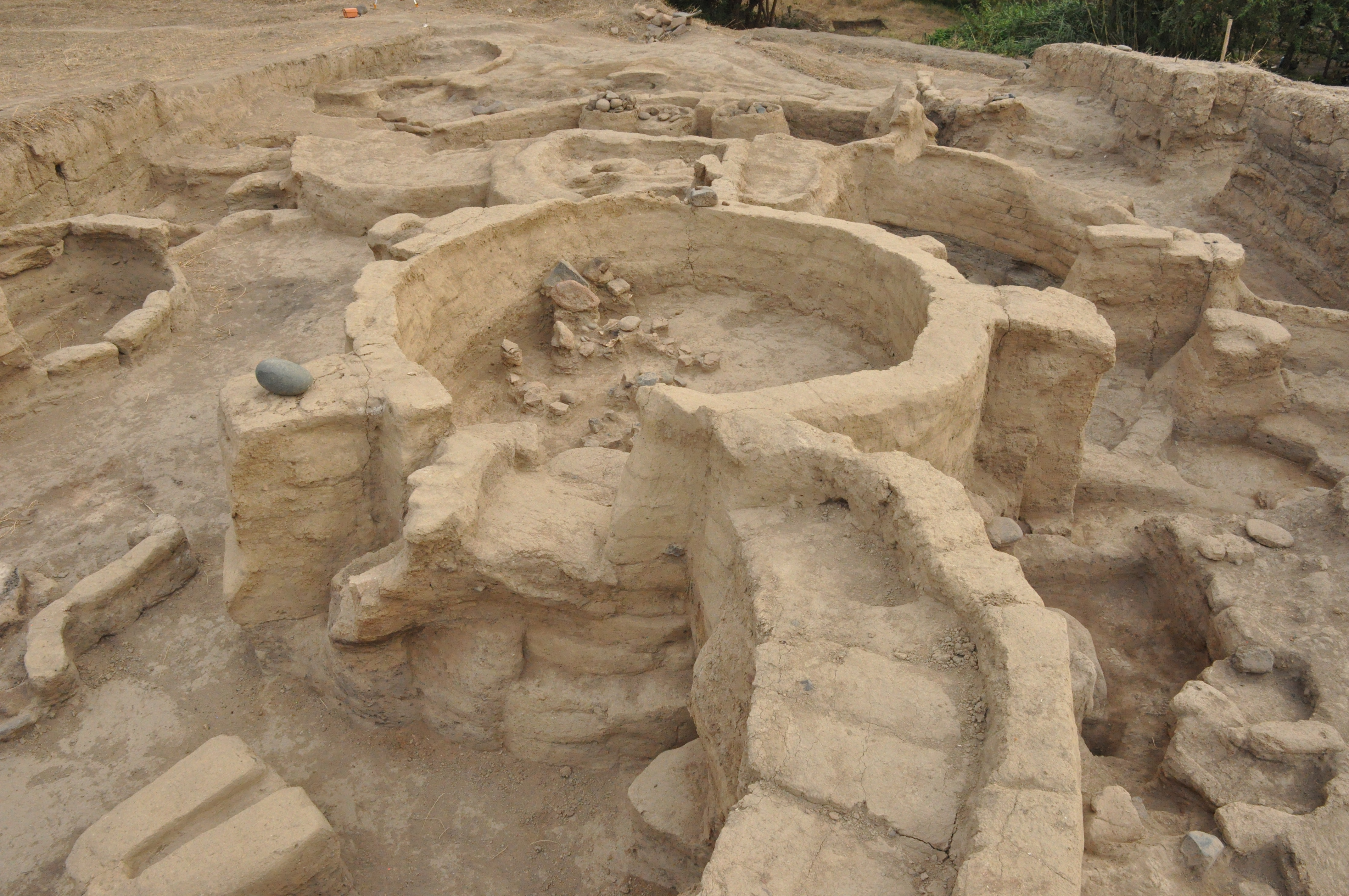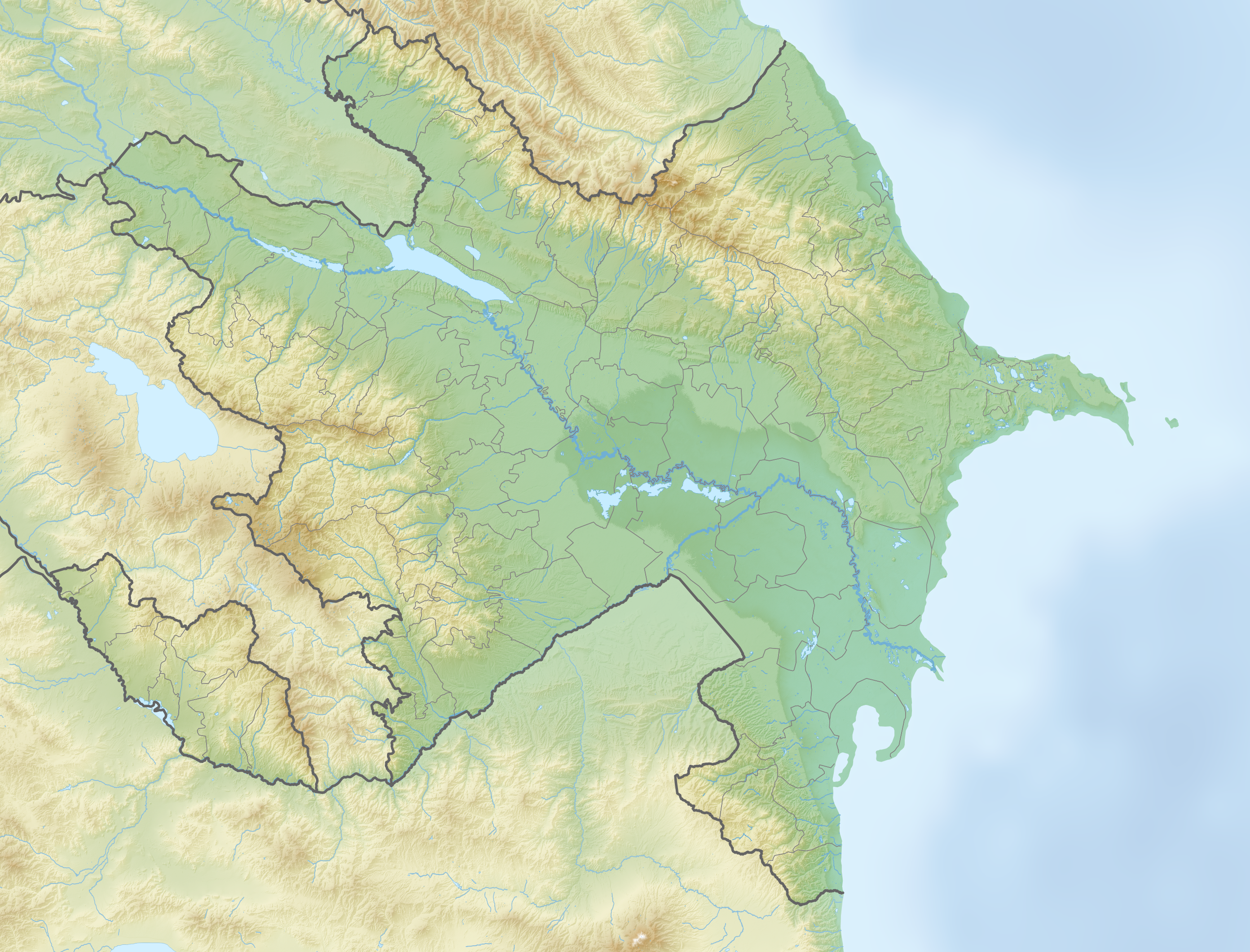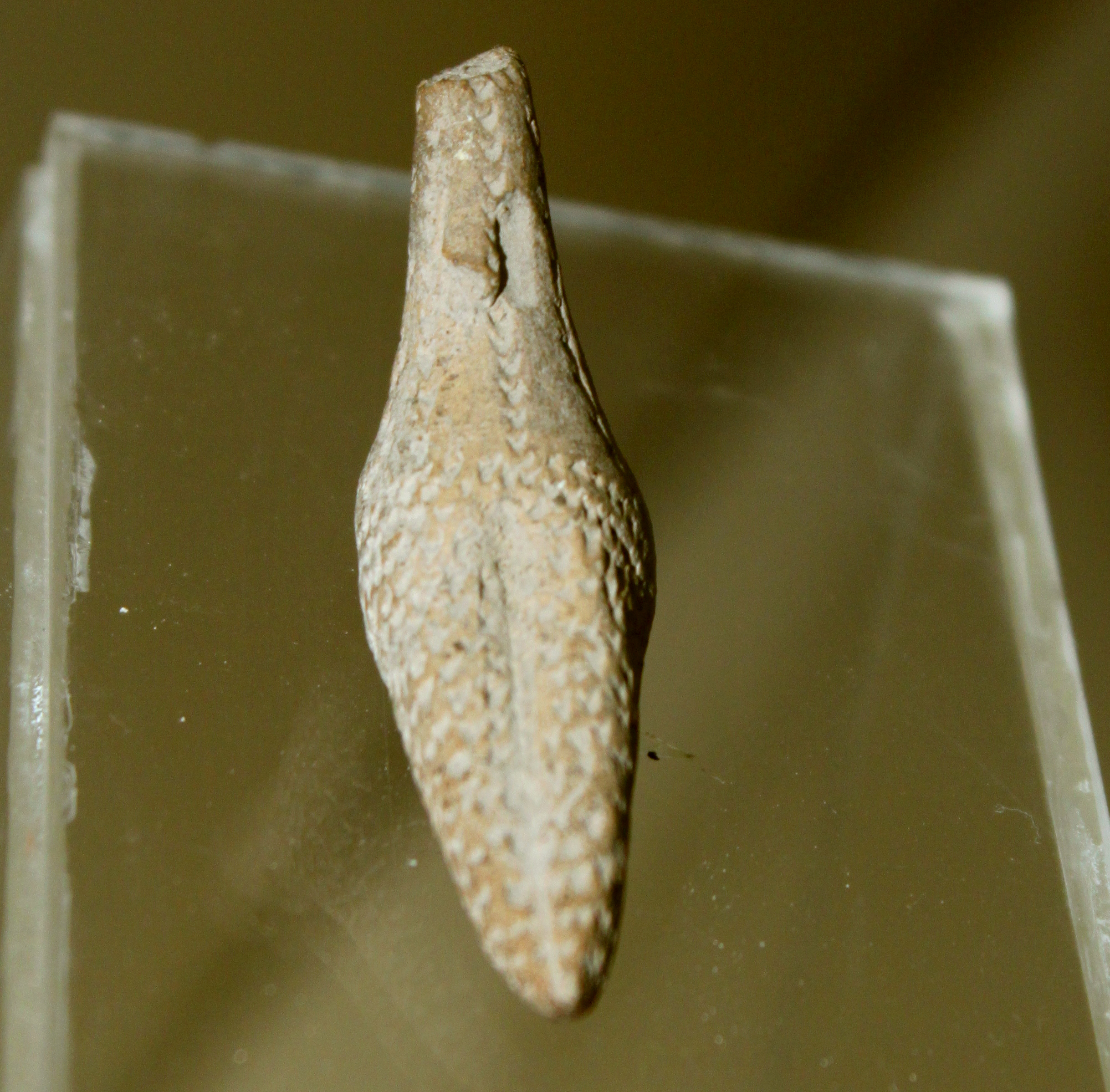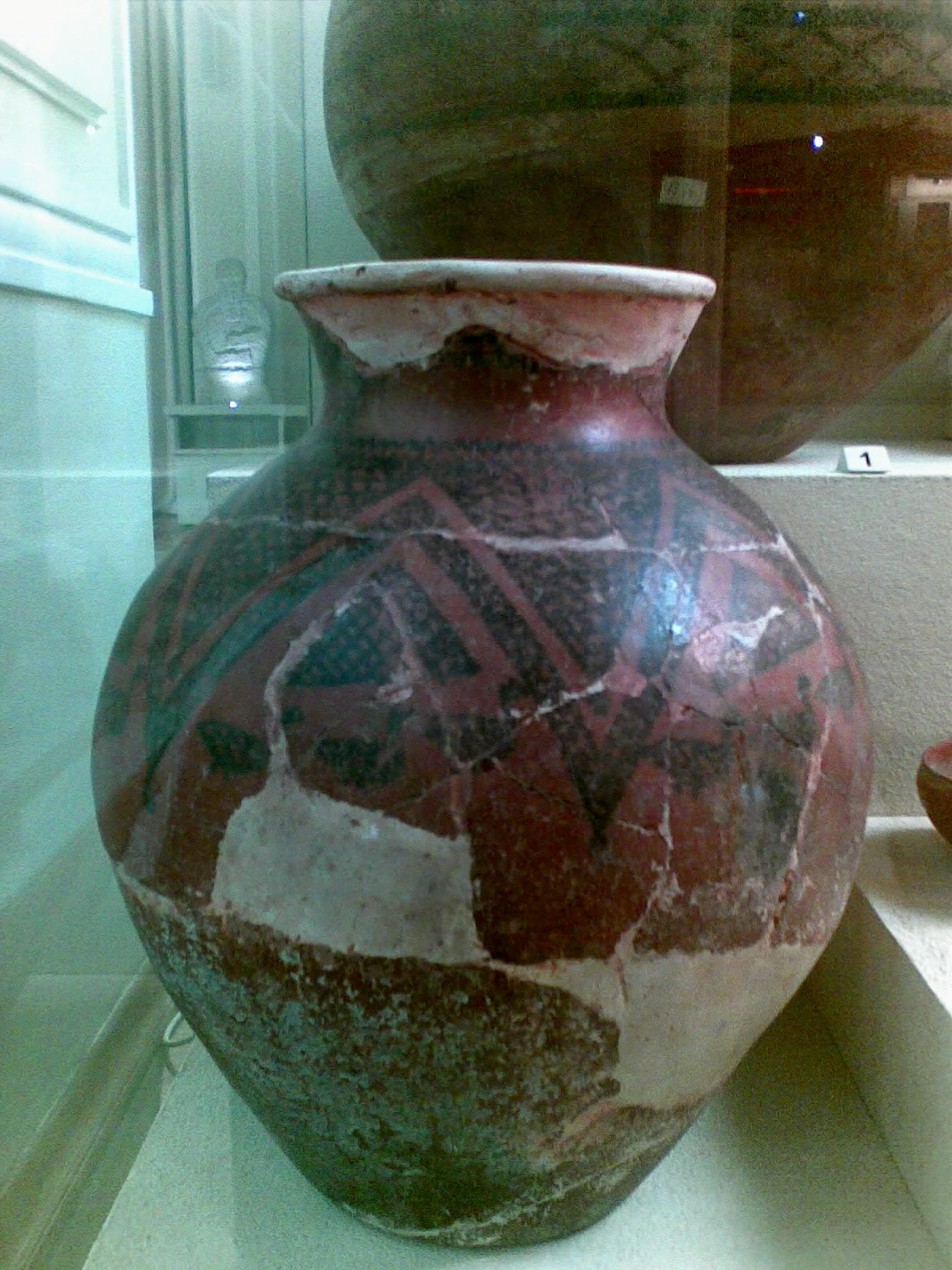Time Periods
Paleolithic
Mesolithic
Neolithic
Chalcolithic
Bronze Age
Iron Age
Classical Period
Post-Classical Period
Early Modern Period
Industrial Period
Contemporary Period
Time Periods
Paleolithic
Mesolithic
Neolithic
Chalcolithic
Bronze Age
Iron Age
Classical Period
Post-Classical Period
Early Modern Period
Industrial Period
Contemporary Period
Location
About
Goytepe is a significant Neolithic archaeological site in Azerbaijan, representing the Shulaveri-Shomu culture. Located in the Tovuz District, it dates back to the 6th millennium BCE and is known for its well-preserved circular mudbrick houses and courtyards. The site provides evidence of early farming practices, with remains of domesticated plants such as wheat and barley, and animals including goats, sheep, and cattle. Significant finds include pottery, stone tools, and evidence of early copper metallurgy. Goytepe's architectural remains, featuring circular constructions and ovens, reflect the lifestyle and technological advancements of its inhabitants. The site offers valuable insights into early human settlement patterns and the transition from aceramic to ceramic Neolithic periods in the South Caucasus.
Gallery
Explore photographs of ancient structures, artifacts, and archaeological excavations at Goytepe archaeological complex


Archaeological Features
Explore the unique architectural and cultural elements found at this historical site
Storage Structures
Industrial and Craft Structures
Domestic and Habitation Structures
Environmental and Natural Features
Food Production and Processing Features
Historical Timeline
Journey through time and discover key events in this site's archaeological history
Plan Your Visit
Details
- Country
- Azerbaijan
- Source
- Wikipedia
More Sites in Azerbaijan

Damjili Cave
Half-circular cave with prehistoric artifacts
Sadarak (town)
Ancient settlement with burial monuments and caves.
Ərəbyengicə
Ancient settlement with Eneolithic artifacts

Shomu-tepe
Neolithic settlement with round mudbrick houses
Soyuqbulaq, Agstafa
Oldest kurgan cemetery in Transcaucasia.

Kultepe-2
Bronze Age settlement with fortifications